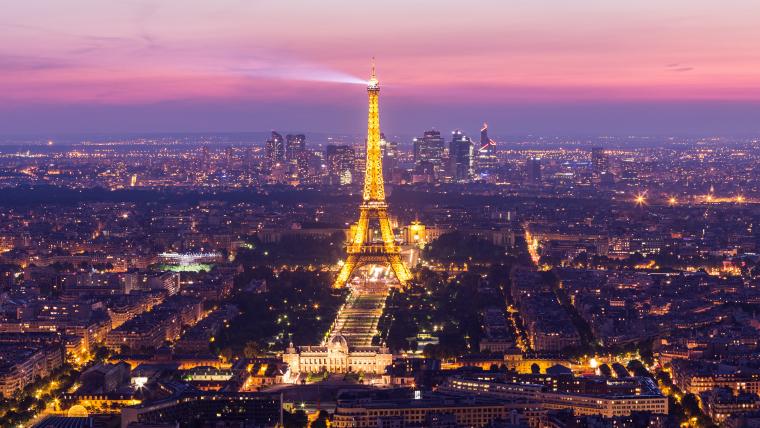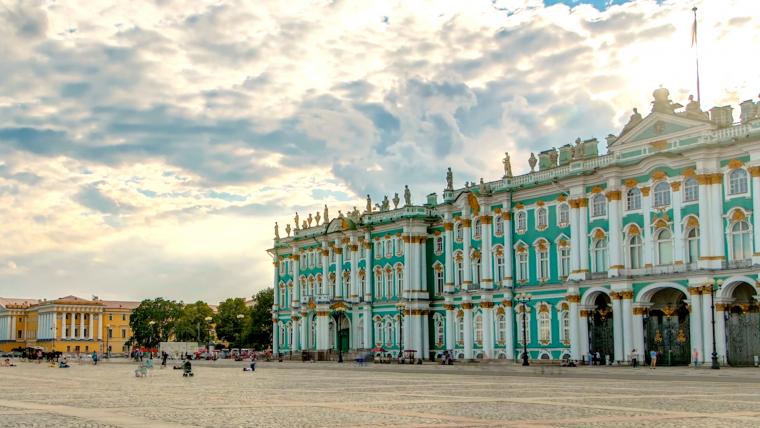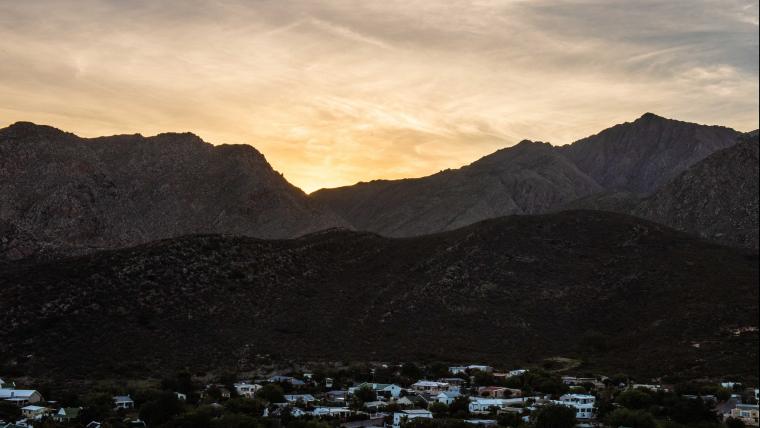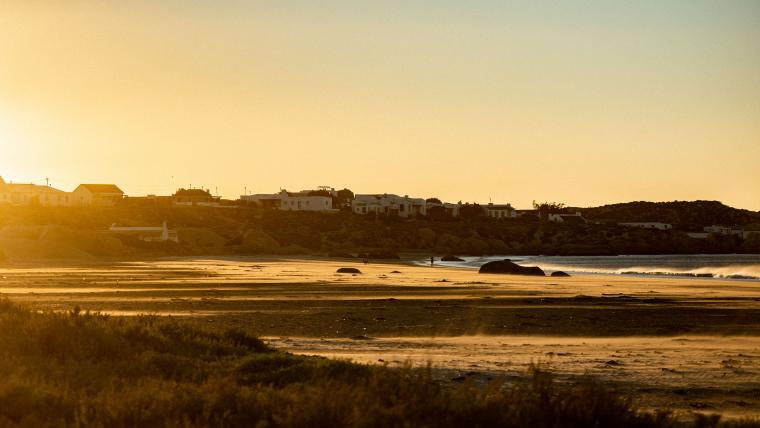
The making of Paris: How the City of Light sprung from marshlands
It's hard to imagine Paris before it became the City of Light, set ablaze by glittering bulbs. Or when swamplands occupied the city centre. It may also come as a surprise that its most iconic museum was initially built as a fort against enemies. Throughout history, Paris has transformed to become the magnificently polished region known today.
The Champs-Élysées is emblematic of the city’s metamorphosis. Before it boasted designer retailers like Dior and Louis Vuitton, this famous avenue was a garden where herbs, fruits and vegetables were grown. The marshland-turned-promenade extends for nearly two kilometres before ending at the Arc de Triomphe, a monument commissioned by Napoléon Bonaparte to honour the victories of the French army.
Celebrating the accomplishments of the world’s painters and sculptors, the Louvre Museum contains over 35 000 works of art. The establishment was once a fortress in the Middle Ages before it was converted into a royal residence, and in 1793 the Louvre opened its doors as a museum. After centuries of remodelling, it now safeguards a wealth of treasures. Through displays of ornate furniture and objects, get a glimpse into the luxury once experienced by royals in France. Before uncovering the works of Leonardo da Vinci and Michaelangelo, visitors are greeted by an ethereal glass pyramid in the main courtyard. Rising over 20 metres, this structure seamlessly blends both modern and classical designs.
Unique architecture spills into the Parisian streets and wide boulevards. Within the clockwise spiral of the 20 districts which make up the city is Montmartre. Here, the Basilica of the Sacred Heart of Paris crowns the neighbourhood atop a hill, offering an unobstructed view of the Eiffel Tower. Although many journey here to marvel at the famed Sacré-Cœur, there is also a discreet vineyard hiding in its shadow. The Vignes du Clos Montmartre is Paris’ largest wine farm. Once a park in the early 1930s, an artist led a campaign to use the 1 500-square metre domain for 2 000 grapevines.
After touring through the verdant plantation, enjoy a spectacle of colours, feathers, and glitter at the most famous cabaret in the world – the Moulin Rouge. In 1889, this was the first building in the city to use electricity. But its flashy red lights and cabaret shows weren’t the only thing beckoning people. In its back garden, guests were entertained by dancers inside a large elephant-shaped den. Entering from the leg, visitors would climb a spiral staircase all the way to the top of the structure.
Years of modification have given Paris its distinctive personality. Today, the city is symbolic of centuries of cultural wealth. This is the untold history of Paris’ landmarks.






























Please sign in to leave a comment